The Transportation Security Administration (TSA) recently announced some changes regarding its PreCheck program.
The PreCheck program—which requires members to apply, go through a background check and pay an $85 fee— was formed in 2011 in order to improve the security experience for qualified travelers by not requiring them to remove their shoes or belts, or take out their laptops or any liquids they are carrying, making the entire screening process quicker and easier. Members are provided with a Known Travel Number that must be used when booking a flight. Boarding passes also indicate whether or not someone is a part of PreCheck. As of August 2015, enrollment surpassed 1.5 million people.
There are more than 150 airports that have PreCheck lines, with the number increasing by the day. Gerald R. Ford International Airport in Grand Rapids, Michigan and Syracuse Hancock International Airport in Syracuse, New York recently started, or are in the process of, offering PreCheck.
Additionally, 12 airlines work with the program, five of which are InteleTravel preferred partners.
- American Americans*
- JetBlue Airways*
- Southwest Airlines
- United Airlines*
- Air Canada
- Alaska Airlines*
- Hawaiian Airlines
- OneJet
- Sun Country
- Virgin America
- WestJet
- Delta Airlines*
*preferred partner
However, some flyers have been allowed to use the PreCheck line for free. For this reason, using PreCheck is not always the quickest way through security. Instead lines are longer and filled with people who do not understand what the program is, slowing down the screening process to the same pace as the regular security lines. Sometimes even slower.
In recent PreCheck news, there is going to be an adjustment made to this practice.
It’s been reported that the TSA is going to be more selective on just who they allow in the future. According to The Washington Post, the TSA is eliminating Managed Inclusion II, which is a practice that allows non-PreCheck members to use the program if they are cleared by “‘behavior detection officers and explosive trace detection sampling,’” stated TSA spokesman Mike England. However, Managed Inclusion I is still in effect. This practice is similar to Managed Inclusion II in which flyers do not necessarily have to be PreCheck members in order to go on that particular line. What’s different is how they get there. Managed Inclusion I grants non-PreCheck members to utilize PreCheck if the TSA dogs do not find anything illegal or suspicious on their person.
Now that the TSA is doing away with Managed Inclusion II, the PreCheck lines may become shorter again, but frequent flyers will still encounter non-members while waiting to go through security.



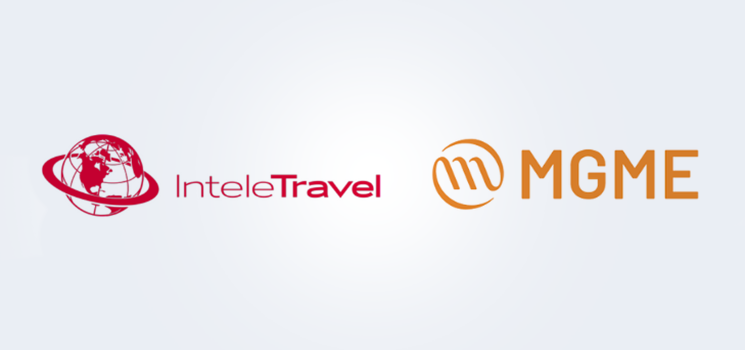
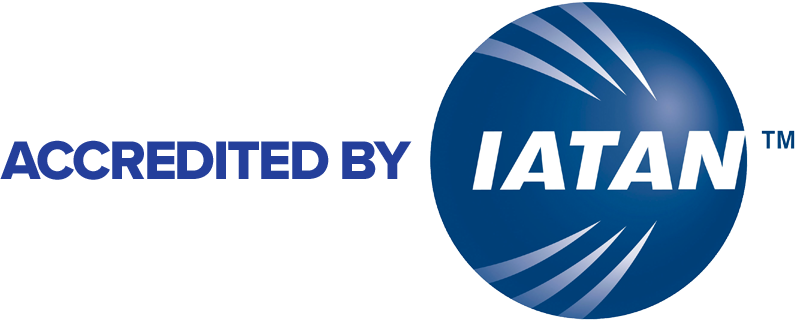
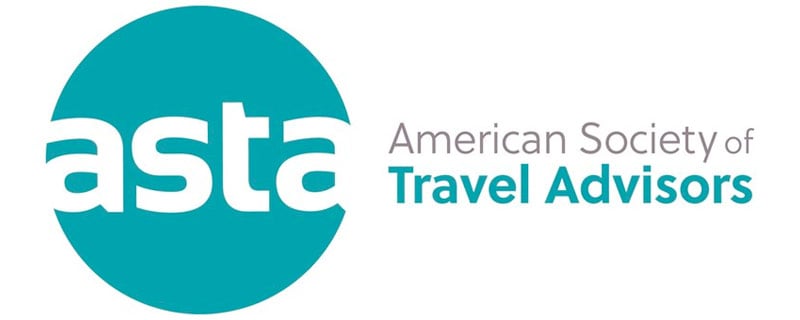
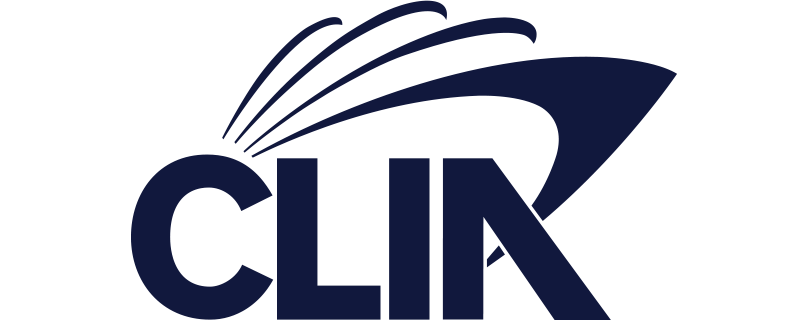

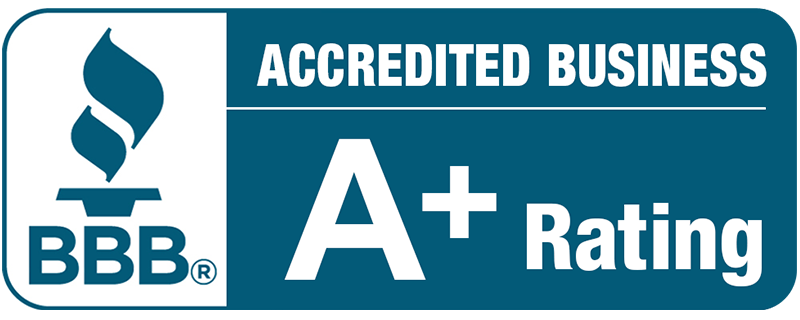
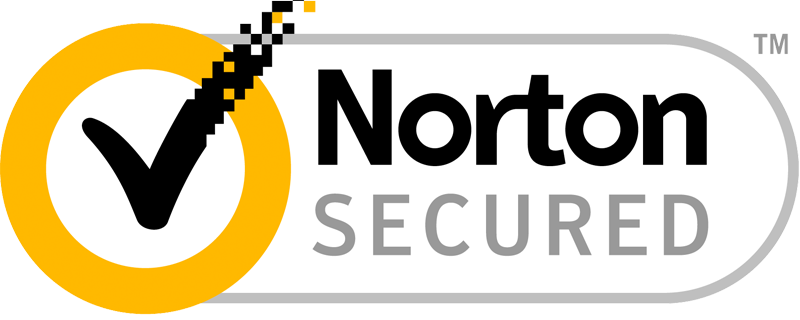
Leave a comment